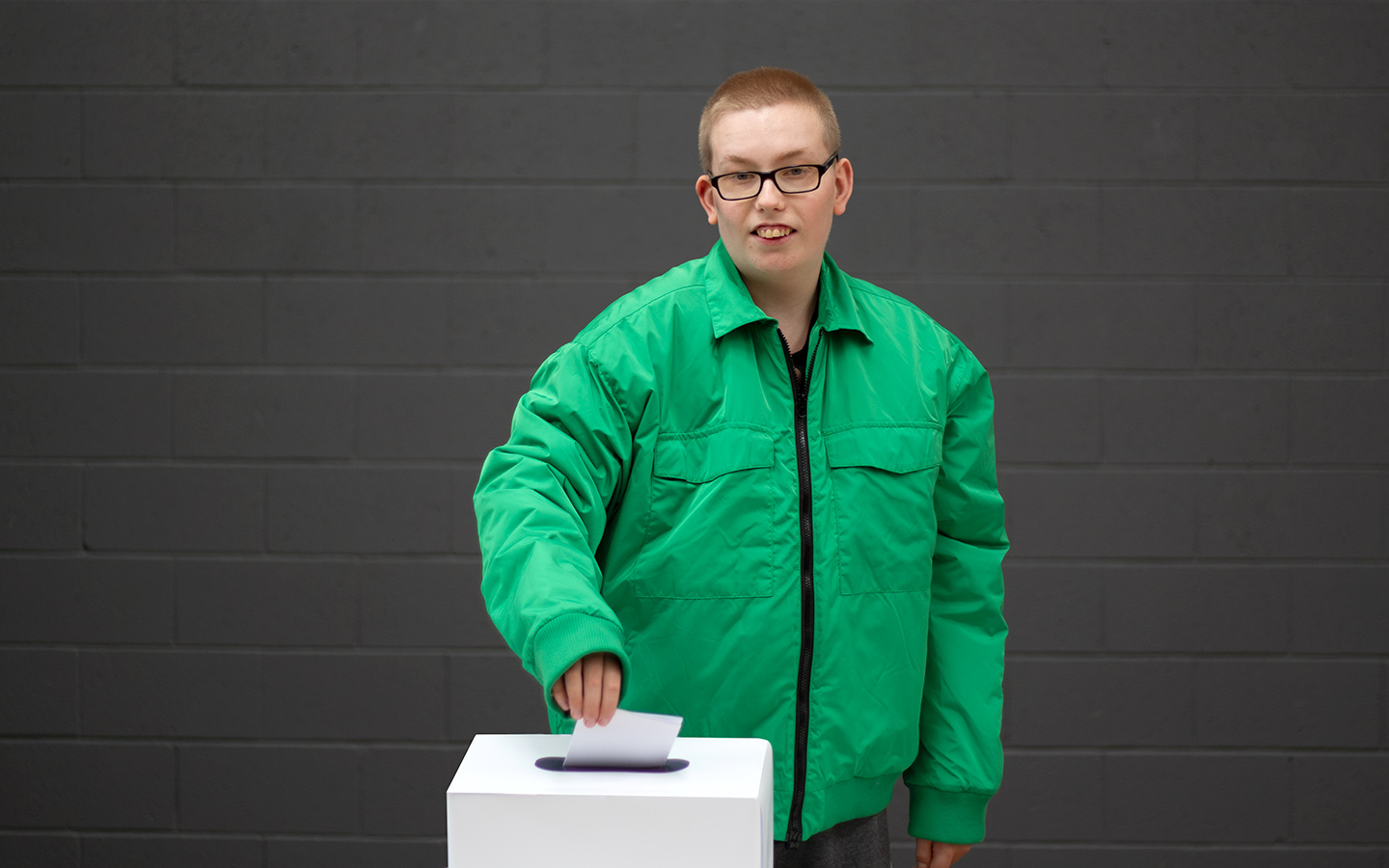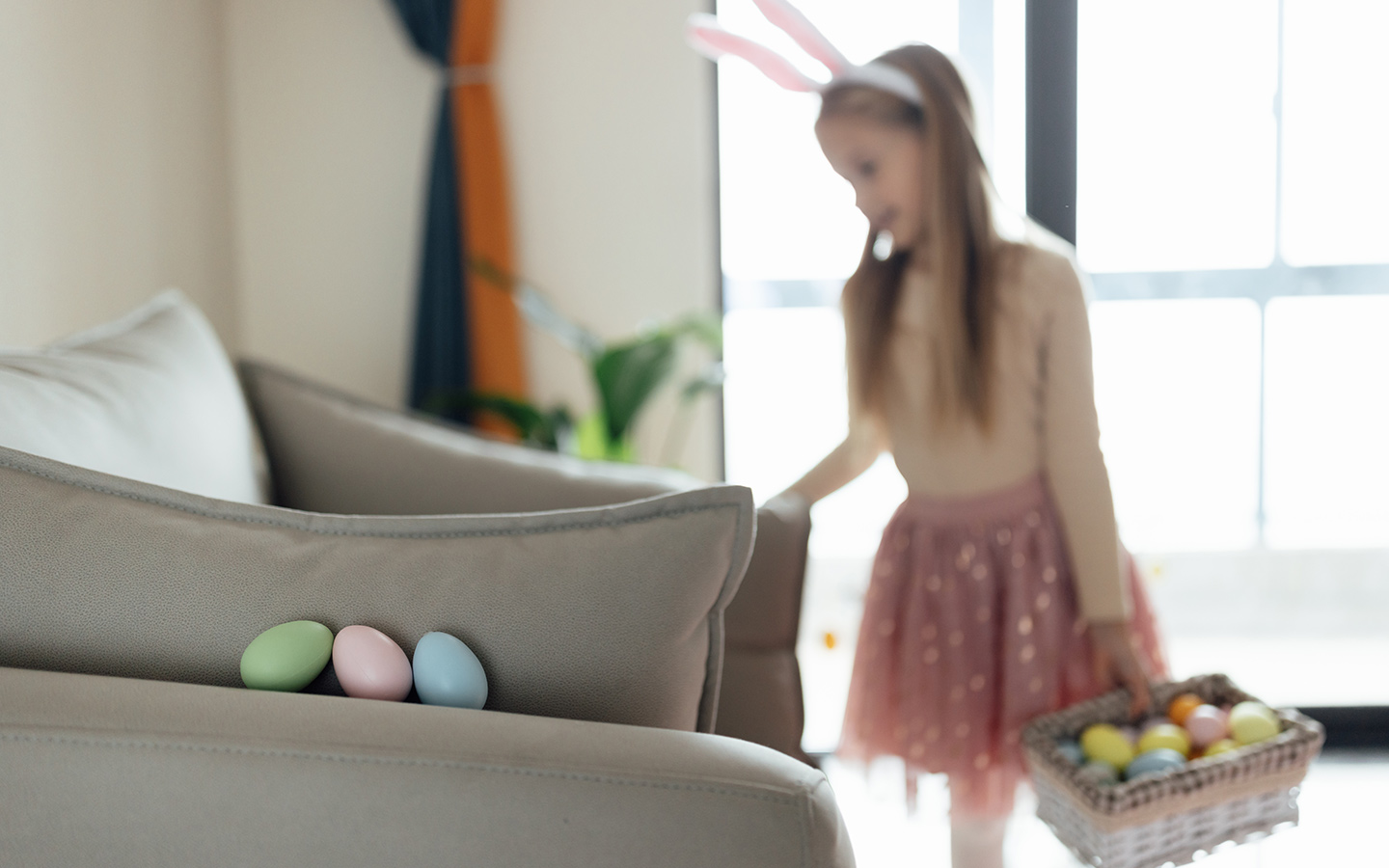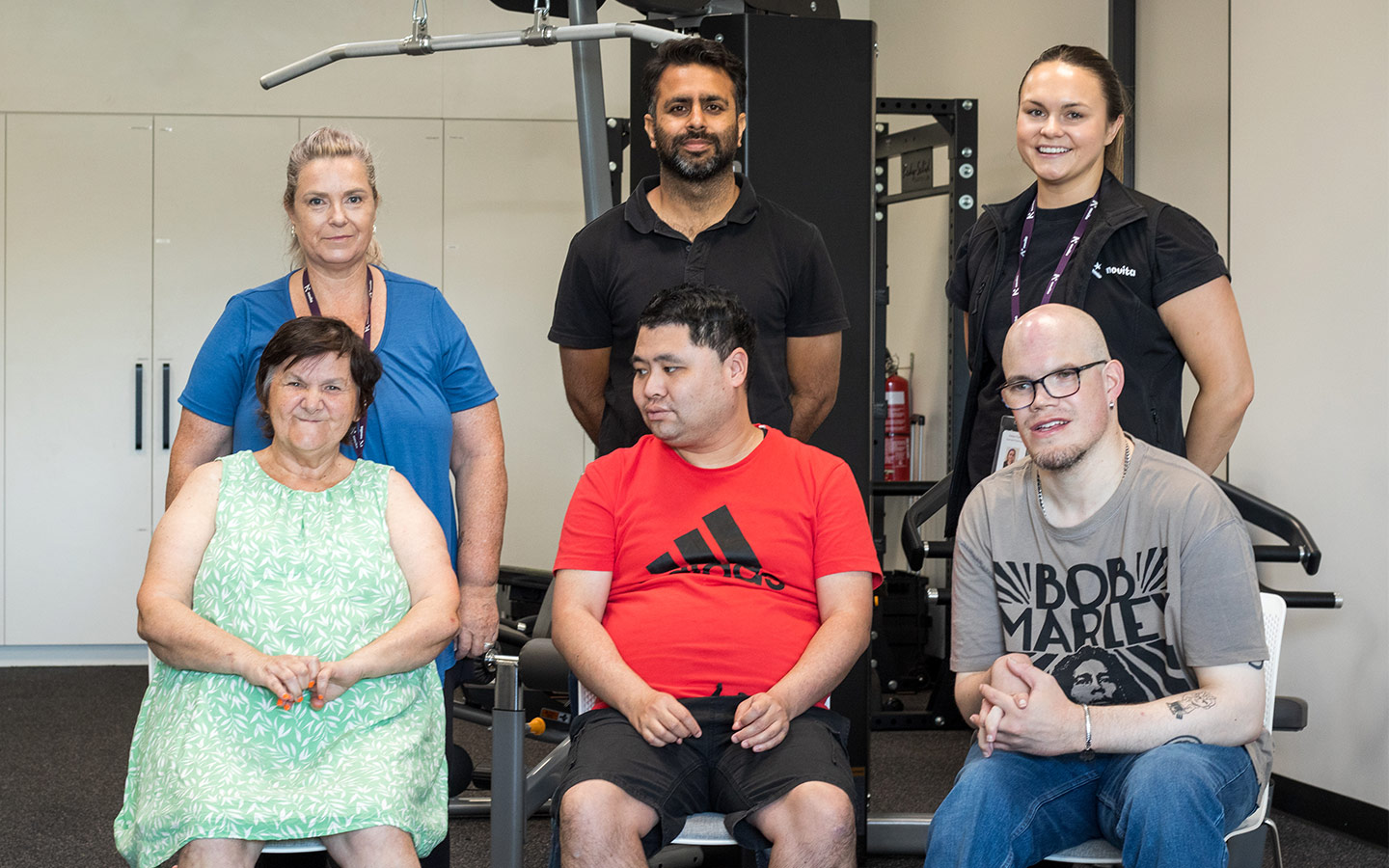Helpful Information
Helpful Information | Tags: Play as Therapy
Play as Therapy – Messages from Jay

- Use a calm, gentle approach to encourage your child to participate in activities.
- One goal can be achieved through many activities – e.g. Laura talks about practising taking turns at home in different activities like puzzles and lego.
- A child’s favourite activity can be used after a new or more challenging activity to encourage having a go – e.g. Jay loves bubbles and plays with it after playing with the ball.
- Introduce small changes in an activity to help kids accept change and become more flexible. This will help them interact with others – e.g. Laura and Mel show Jay that you can stack blocks as well as line them up and put them inside each other.
- Use simple language to help your child make sense of communication in play – e.g. Laura emphasises key words and uses signs when playing with Jay.
- Name your child’s actions to help a child to recognise what he is doing – e.g. Laura says “you’re climbing” and “you’re looking” at the start of the play.
- To help a child recognise their emotions, name their feelings – e.g. Jay looks at himself on the iPad and both Mel and Laura say “happy face”.
- In an activity, wait and give plenty of time for your child to start communicating their message to you – e.g. Mel and Laura waited for a long time for Jay to let them know he wanted ‘more’ bubbles.


